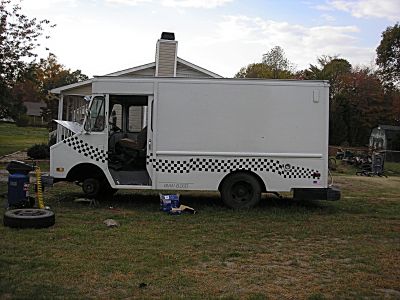There are a few things that could cause a caliper to not function properly. First check the brake lines running from the caliper to the master cylinder. Make sure that it isn't crushed, broken, cut, leaking, etc. If anything looks bad, then fix or replace it. Then check to see if the caliper piston is moving. Have an assistant press the pedal while you look to see if it's even trying to squeeze the pads into the rotor. If it's not doing anything, then it could be frozen up, and might need replacing. There should just be two bolts (probably hex head) on the back side of the caliper, one on top and one on the bottom. They may have some kind of rubber boot or cap on them that you would have to pop off, but I doubt it. The caliper should come off after removing the two bolts, if not there may be a lip on the rotor preventing it from sliding off. In that case use a big C-clamp to gently squeeze the caliper piston in enough to clear the lip. If you are replacing the caliper then also remove the flexible hose from where it connects to the metal lines coming from the master cylinder. Installation is the the reverse of removal. Then bleed the new caliper. How could this happen? Well it's hard to say. With more info I could tell you and give you a more precise procedure to fix it. Why did you have to have it towed? Is the caliper locked like a parking brake is on? If so then, the slides that the caliper moves on could be rusted and seized, or the caliper piston could be seized. Also when did the shimmy happen? When you were applying the brake, or not braking?
Saturday, November 10th, 2007 AT 1:29 AM

